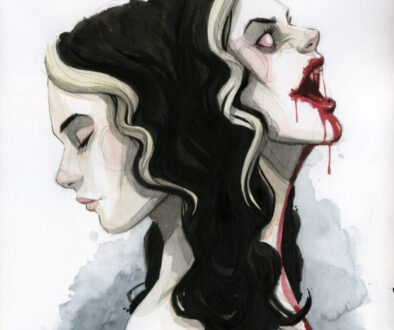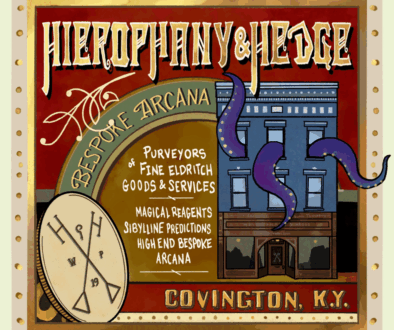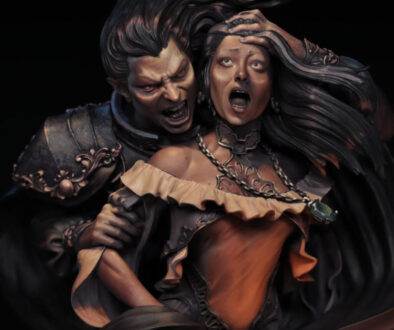On “Evil” Books

The Hammer of Witches
The Malleus Maleficarum, published in 1486 by Kramer and Sprenger, is a manual for detecting and combating Satanic witches.
It provided a controversial (even at the time of its publication) legitimacy to those who believed in a diabolical conspiracy, and its lurid descriptions of imaginary witchcraft have helped shape cultural perceptions ever since.
Though widely regarded as one of the “most evil books ever written,” the Malleus did not originate the idea of devil-worshipping witches, and it was not the reason that tens of thousands of innocent people were executed during the “Witch Hysteria” of the 17th century.
Europe descended into chaos because of famine and war driven by the Little Ice Age and religious schism, and exacerbated socially disruptive technologies like printing presses, centralized law codes, and joint-stock companies.
The people tortured and executed were not witches in either the contemporary or historical sense. They were almost all devout Christians who found themselves at the periphery of community power structures. They were mostly women, mostly poor, and often “weird.” In short, they were outsiders, the same people who always suffer when society is looking for a scapegoat.
Modern witches have very little in common with those of Kramer’s fever dreams, but a great deal in common with the innocents who were strangled, beheaded, stoned, and, rarely, burnt. That commonality is not one of practice, but one of identity.
We purchased a new (to us) copy of the Hammer of Witches at an auction in Mexico City last month. It will, at least for a while, be on display in our Eldritch Ballroom beneath another relic of the Witch Hysteria, our executioner’s sword.
(We burned a printed facsimile. We don’t believe in burning books, even ones we don’t like.)


